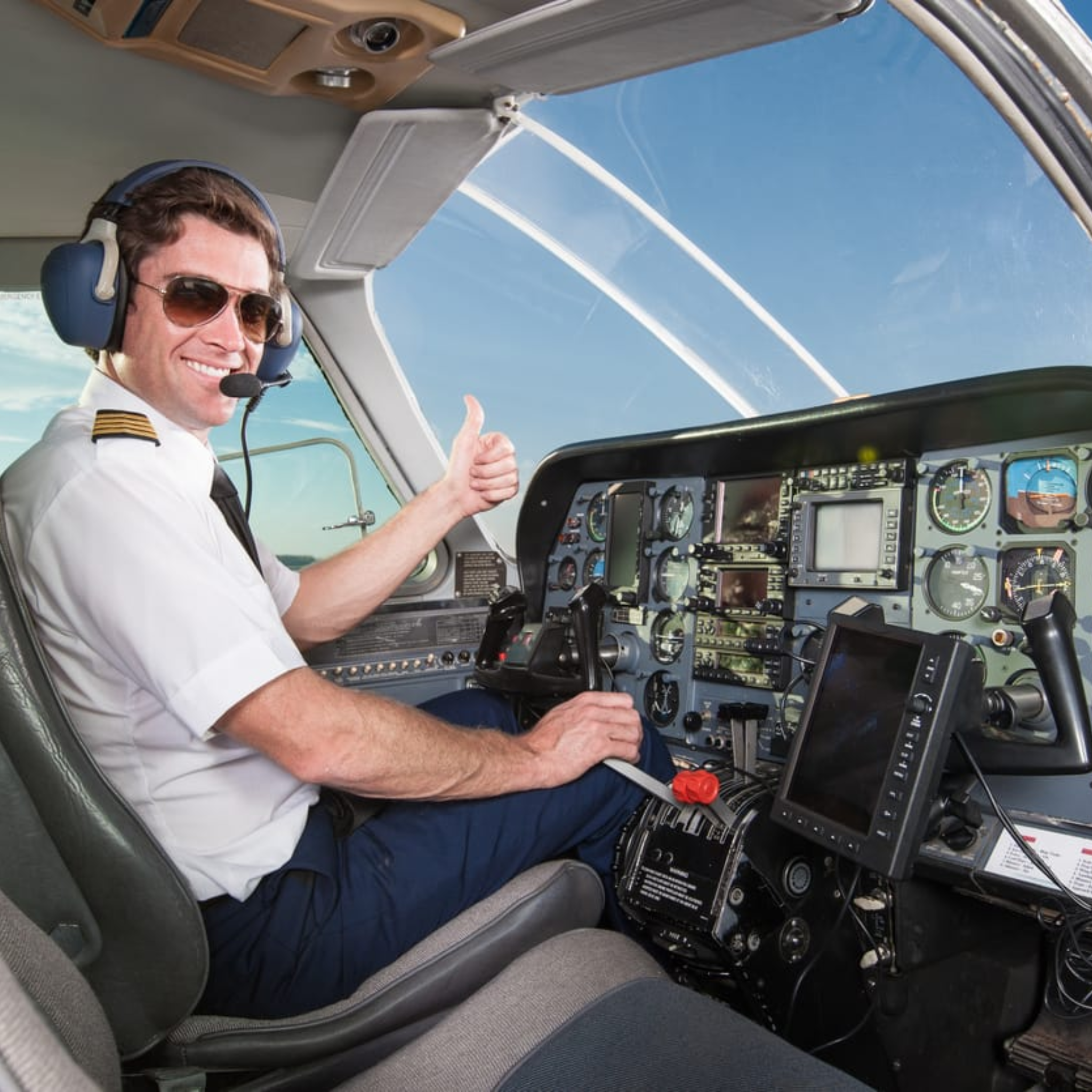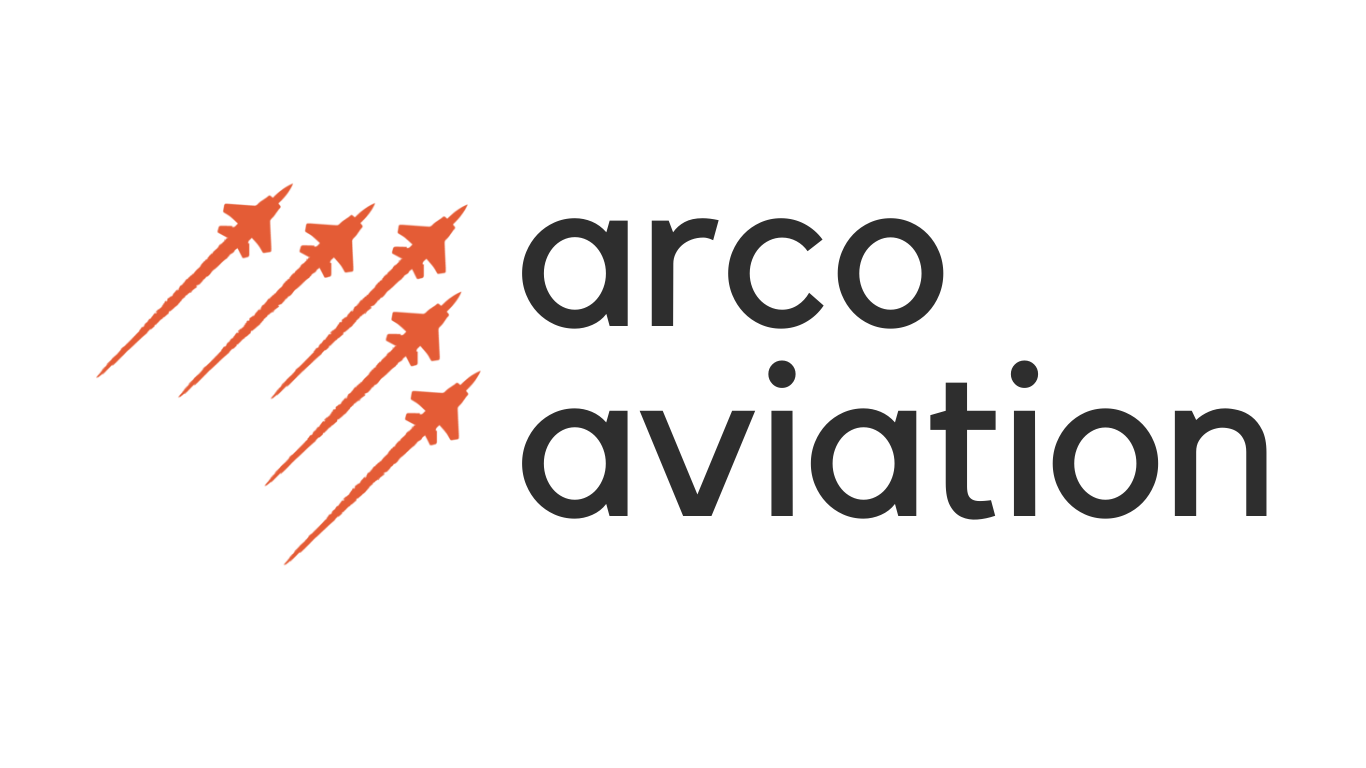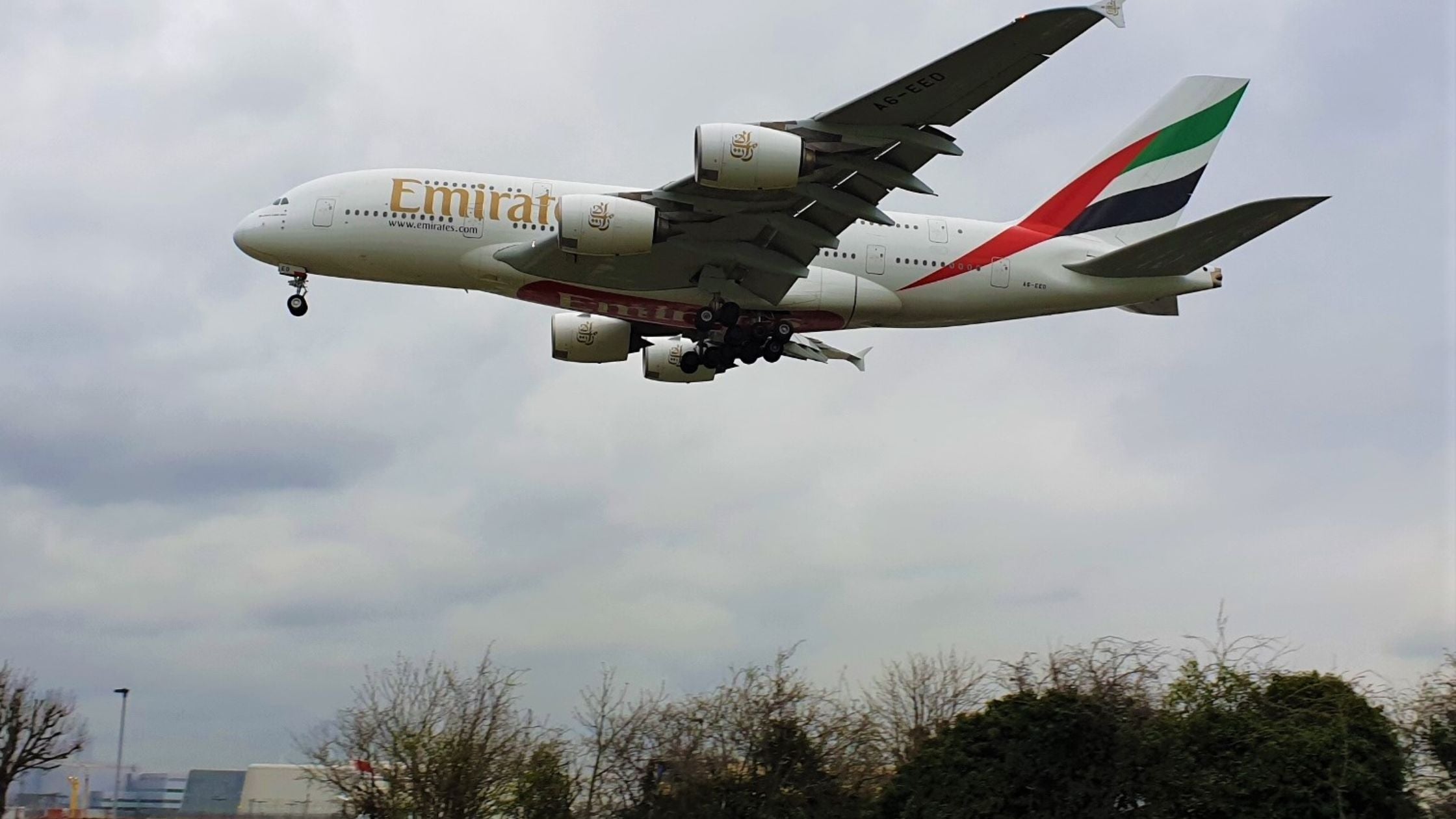
How to become a commercial pilot in the UK 2025
For many people, the dream of flying for a living starts the moment they look up and see a contrail slicing across the sky. Becoming a commercial pilot in the UK is achievable, but it’s not as simple as just jumping into a cockpit. It takes planning, training, dedication, and quite a bit of money. This guide breaks down what it really takes — step by step — to turn that dream into a career.
Step 1: Understand What a Commercial Pilot Licence (CPL) Is
Before you start spending, it’s worth understanding what you’re aiming for. In the UK, to fly for pay you’ll need a Commercial Pilot Licence (CPL). Most airline pilots go beyond that, earning an Airline Transport Pilot Licence (ATPL). You can’t actually use a full ATPL until you’ve logged enough flight hours, but you can start training for it through what’s called a ‘frozen ATPL’. Once you hit the required experience, it becomes ‘unfrozen’ and you’re ready for the big jobs.
Step 2: Choose Between Integrated and Modular Training
This is one of the biggest decisions you’ll make.
Integrated training means signing up for a full-time, all-in-one course with an approved flight school (known as an ATO). It usually takes around 18–24 months and covers everything from ground school to flight hours. Schools like CAE Oxford Aviation Academy, L3Harris Airline Academy and Skyborne Airline Academy are popular choices in the UK. The major advantage is structure — you start from zero and finish ready for an airline interview. The downside? It’s expensive. Expect to pay somewhere between £80,000 and £120,000.
Modular training is more flexible and often cheaper. You complete each part of your training separately, at your own pace. This means you can work alongside your studies and spread the cost. Many pilots go this route, especially if they’re funding themselves. You could realistically complete modular training for £50,000–£70,000, depending on how efficiently you plan it.
Step 3: Meet the Medical Requirements
Before you go too far, make sure you can actually hold a Class 1 Medical Certificate. This is issued by the UK Civil Aviation Authority (CAA) and ensures you’re fit to fly commercially. It includes eyesight, hearing, heart, and general health checks. You can book your medical at approved centres such as Gatwick Medical Centre, Getting this early on saves a lot of heartache later if there are any issues.
Step 4: Start Ground School
Ground school is where you tackle the theory side of aviation. You’ll study around 14 subjects — things like Air Law, Meteorology, Flight Planning, and Navigation. Whether you go integrated or modular, this part is tough and requires proper study time. Some students choose full-time courses, while others use distance learning providers like Bristol Ground School or CAT3C.
Step 5: Begin Flight Training
Next comes the hands-on flying. If you’re modular, you’ll start with a Private Pilot Licence (PPL), which usually takes a minimum of 45 flying hours. After that, you’ll build hours — often up to 150 or more — before starting your CPL phase.
Flight training typically takes place at smaller UK airfields such as Gloucester Airport, Cranfield Airport, Bournemouth Airport, or Stapleford Flight Centre, but some students head abroad for cheaper flying time (Spain, Portugal, or the US are common). Make sure your chosen school’s courses are CAA/EASA-approved, so your licence will be valid back home.
Step 6: Add Instrument and Multi-Engine Ratings
To fly professionally, you’ll need both an Instrument Rating (IR) — so you can fly in poor weather and under Air Traffic Control — and a Multi-Engine Rating (MEP), which qualifies you to fly twin-engine aircraft. These are normally added near the end of your training. They’re also among the most demanding and expensive parts of the process, often costing £20,000 or more combined.
Step 7: Build Flight Hours and Experience
Once qualified, most pilots don’t walk straight into a major airline. You’ll likely need to build experience first. Some become flight instructors, others fly charter, survey, or cargo routes. This stage is about time in the seat — the more you fly, the closer you get to that unfrozen ATPL and the airlines’ minimum hour requirements (usually around 1,500 total flying hours).
Step 8: Airline Preparation and Type Ratings
When an airline hires you, you’ll go through what’s called a Type Rating, which is specific training for the aircraft you’ll be flying — for example, a Boeing 737 or Airbus A320. Some airlines sponsor this, but in many cases, it’s self-funded and can cost another £20,000–£30,000. Some ATOs, like L3Harris or Skyborne have partnerships with airlines that can improve your chances of being placed directly after graduation.
Step 9: Keep Up with CAA Requirements and Career Progression
Your CPL and medical have to be kept current, which means regular check rides and medical renewals. Over time, you can progress from First Officer to Captain, move into training or management roles, or transition into corporate or cargo operations. It’s a career with a steep start but strong long-term rewards.
The Reality: Time, Cost, and Determination
Training as a pilot isn’t easy or cheap, but it’s achievable with the right planning. Funding options like career development loans, personal financing, or modular part-time training make it more accessible than it used to be. If you’re serious, start with small steps — get your Class 1 medical, visit local flight schools, take a trial flight, and start researching modular course options.
From there, the journey becomes clearer, and each milestone brings you closer to the cockpit.



Leave a comment
This site is protected by hCaptcha and the hCaptcha Privacy Policy and Terms of Service apply.